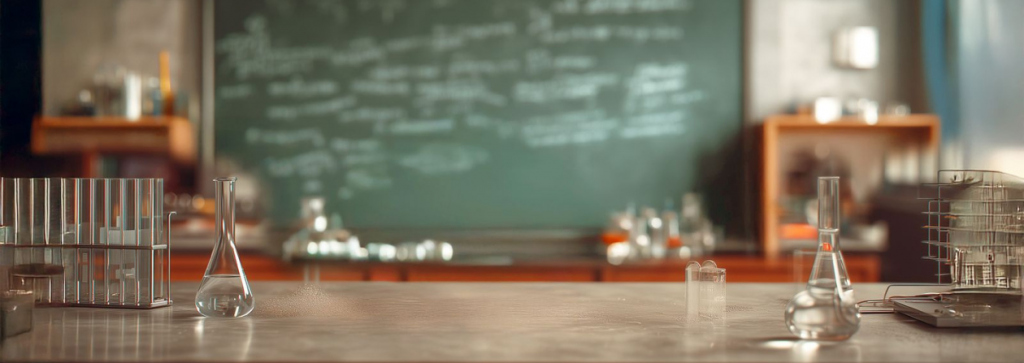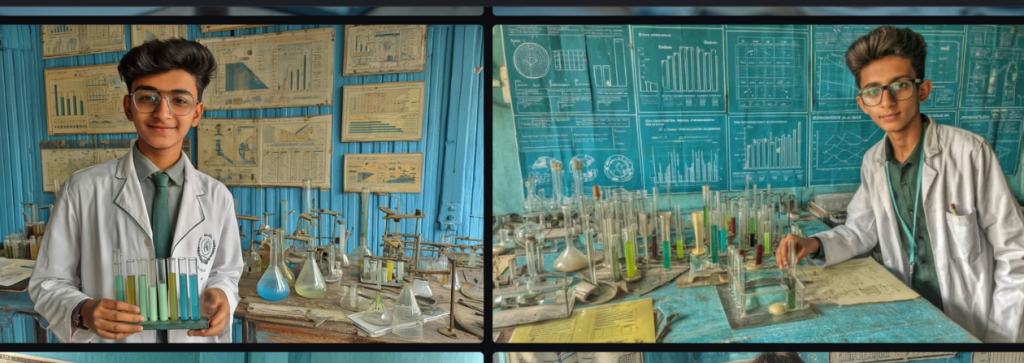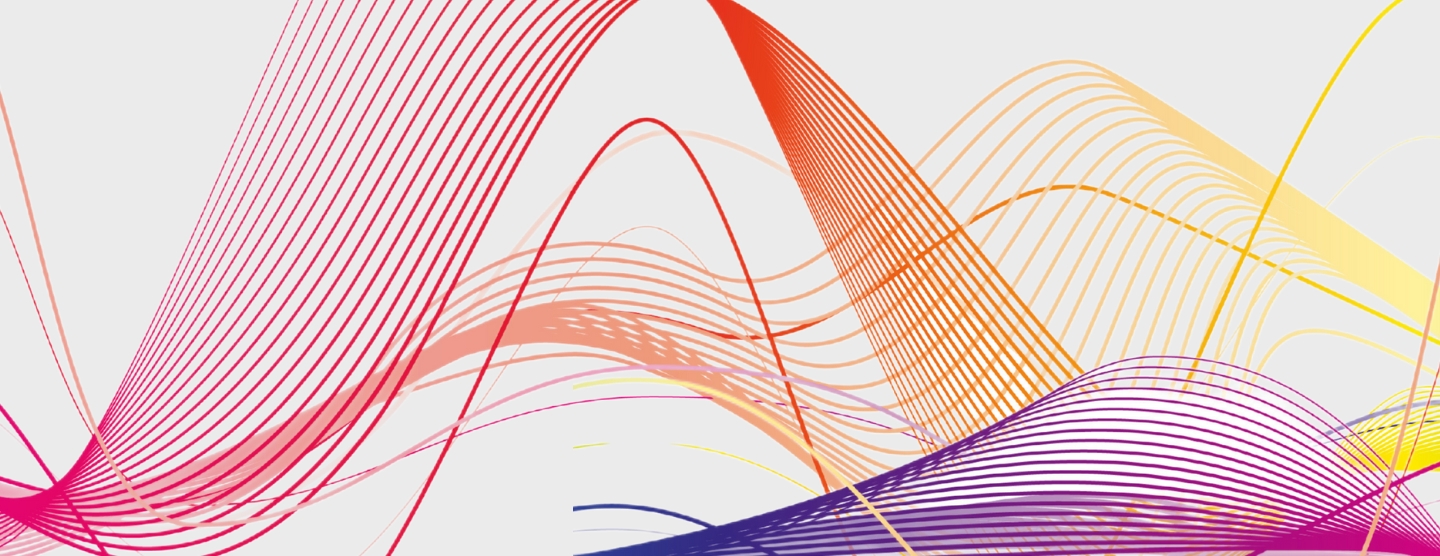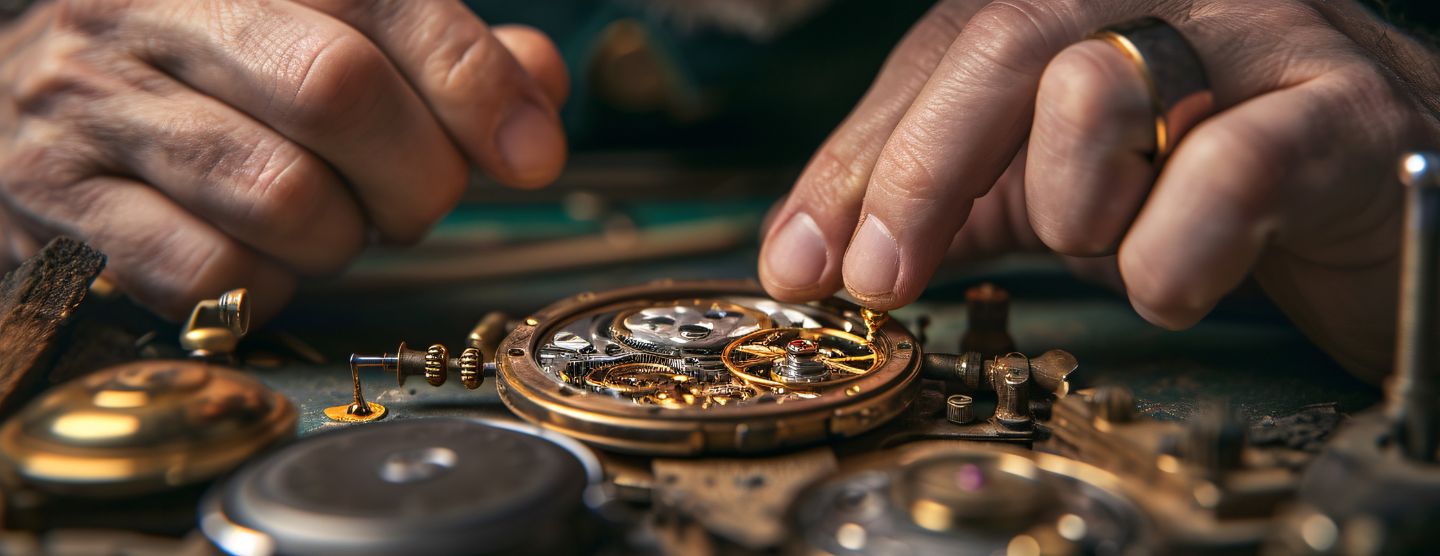Shaanu Ka Viva – A GenAI Microdrama for Bharat
What happens when a student who never studies meets a teacher who never stops trying? You get Shaanu Ka Viva – a bite-sized classroom comedy made with GenAI for Bharat’s scroll generation. In this post, we’re taking you behind the scenes to show how we scripted it, built the world, and brought these characters to life.

Microdramas for the Scroll Generation
India has always loved drama. From saas-bahu serials to masala movies to gully cricket commentary. And today’s young India – Bharat – wants it faster, funnier and scrollable.
In this new internet-first world, a fresh format has quietly taken over the feed: the microdrama. Short, self-contained stories under a minute long, they borrow the structure of classic TV serials, shrink it, and remix it for the algorithm. And while microdramas can take many forms, the ones that stick for the Bharat audience often have a familiar flavour – a touch of entertainment, cultural nuance, and local relatability.
The rise of this format is no surprise in a country where over a billion smartphones are in use, nearly 900 million people are online, and almost two-thirds of the population is under 35. Together, this scale of connectivity and a young, mobile-first audience has created the perfect conditions for bite-sized stories to flourish.
Making a Microdrama Series with Gen AI
We knew microdramas were working. So we asked ourselves – what if we made one? And what if we didn’t use real life actors or cameras, but GenAI?
As an agency constantly experimenting with emerging tools, we were already deep in the world of generative AI. But most AI content floating around felt like a demo reel. It was interesting, but not so entertaining. What if we used GenAI to tell a story people would actually want to watch? Something funny, scroll-first, and full of flavour of everyday desi drama.
That’s how Shaanu Ka Viva came to life. A school-based microdrama series built using GenAI – but rooted in the kind of local humour and familiarity that makes Bharat laugh.

Building the World of Shaanu ka Viva
We wanted something small, repeatable, and funny. So we built a world that was easy to return to, and even easier to relate to. A small town school. A likeable teacher. And an over smart student.
Shaanu is every overconfident student you’ve met. He talks big, studies little, and thinks reels are a valid source of science. Sitting across from him is his exhausted teacher, still holding onto the hope that one day, Shaanu might get something right. In each episode, Shaanu is put through a viva, and somehow, always manages to give the wrong answer, delivered with full confidence and zero doubt.
We chose this duo and a viva situation because their chemistry taps into a deeply desi memory: the classroom and the exams. Every Indian has lived some version of it. Plus, from an AI production lens, it gave us the right kind of constraints: a recurring classroom, two characters and a simple format. That made it easier to maintain visual consistency and focus more on the jokes. Each episode was under 1 minute, designed to land like a punchline. We kept the language Hindi for mass appeal, and to stay true to the world we were building.

Designing an AI Production Process
We treated AI like any other craft, with intention and precision. Cracking the look of Shaanu and Sir took the most time. For a series like this, the humour rests considerably on expressions, body language, and relatability. But the biggest issue with GenAI was consistency. You’d get one good frame, and then the next one would have a completely different facial features, or a new hairstyle.
We spent days experimenting with prompt structures, reference inputs, and image variations to get Shaanu’s “confident but clueless” face and Sir’s “perpetually disappointed” look just right. However, generating these looks was one thing. Keeping them consistent was another. This meant layering tools, manually retouching key frames, and building a master visual template to ensure continuity. Here’s the what the process evolved to:
1. Character Definition
Mapping out each character’s look, expressions, and quirks to carry the humour without it feeling generic
2. Prompt Experimentation
Testing different prompts and references to achieve consistent faces and body language frame after frame
3. Visual Reference System
Creating a master reference library to lock the characters’ appearance across all episodes
4. Base Image Generation
Producing core images for every scene, angle, and expression

5. Lip-sync and Animation
Applying basic animation to bring dialogues to life and keep the storytelling dynamic
6. Manual Clean-up
Retouching frames to fix inconsistencies and sharpen details
7. Voice Recording
Used real voice actors to deliver timing and energy that AI audio couldn’t replicate
8. Sound and Music Design
Layering sound effects and background scores to enrich the humour and pace
9. Editing for Scroll
Cutting episodes into tight, punchy videos optimised for short-form, mobile-first viewing


The Tools We Used
- OpenArt AI: For generating character visuals and styles
- Kling AI: For lip-syncing and basic animation
- Topaz AI: For upscaling visuals to a clean final output
Watch the Videos
Making AI work for Storytelling
Making Shaanu Ka Viva gave us a clear sense of where AI adds real value in a content workflow. Some parts – like keeping characters consistent across frames or landing jokes in Hindi – still need time and a human touch. It’s not magic. But once those pieces were in place, the rest moved fast.
With the right setup, we could go from script to final cut in just a few days. AI helped us cut down production time, reduce dependencies, and keep costs lean, without losing on quality or relatability. For brand teams looking to create more contextual, high-frequency content, that’s a big unlock.



